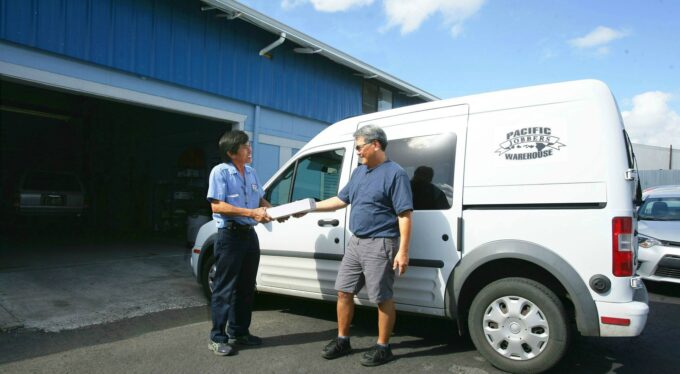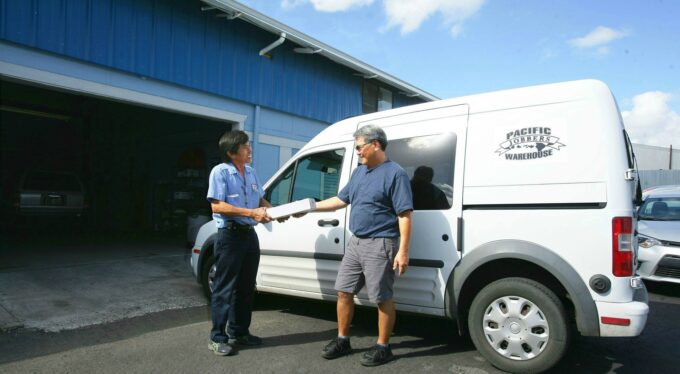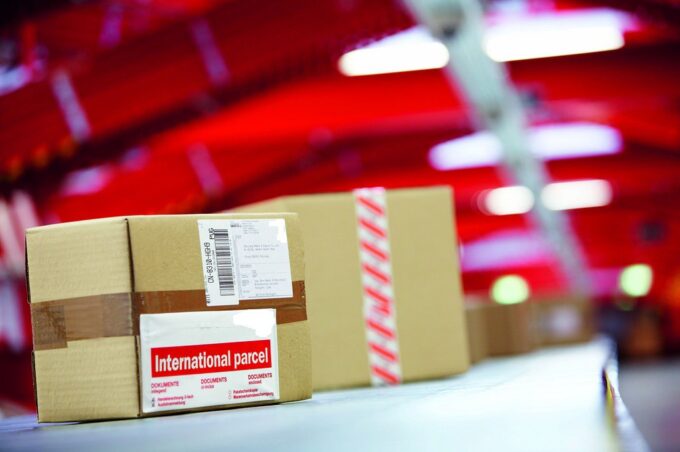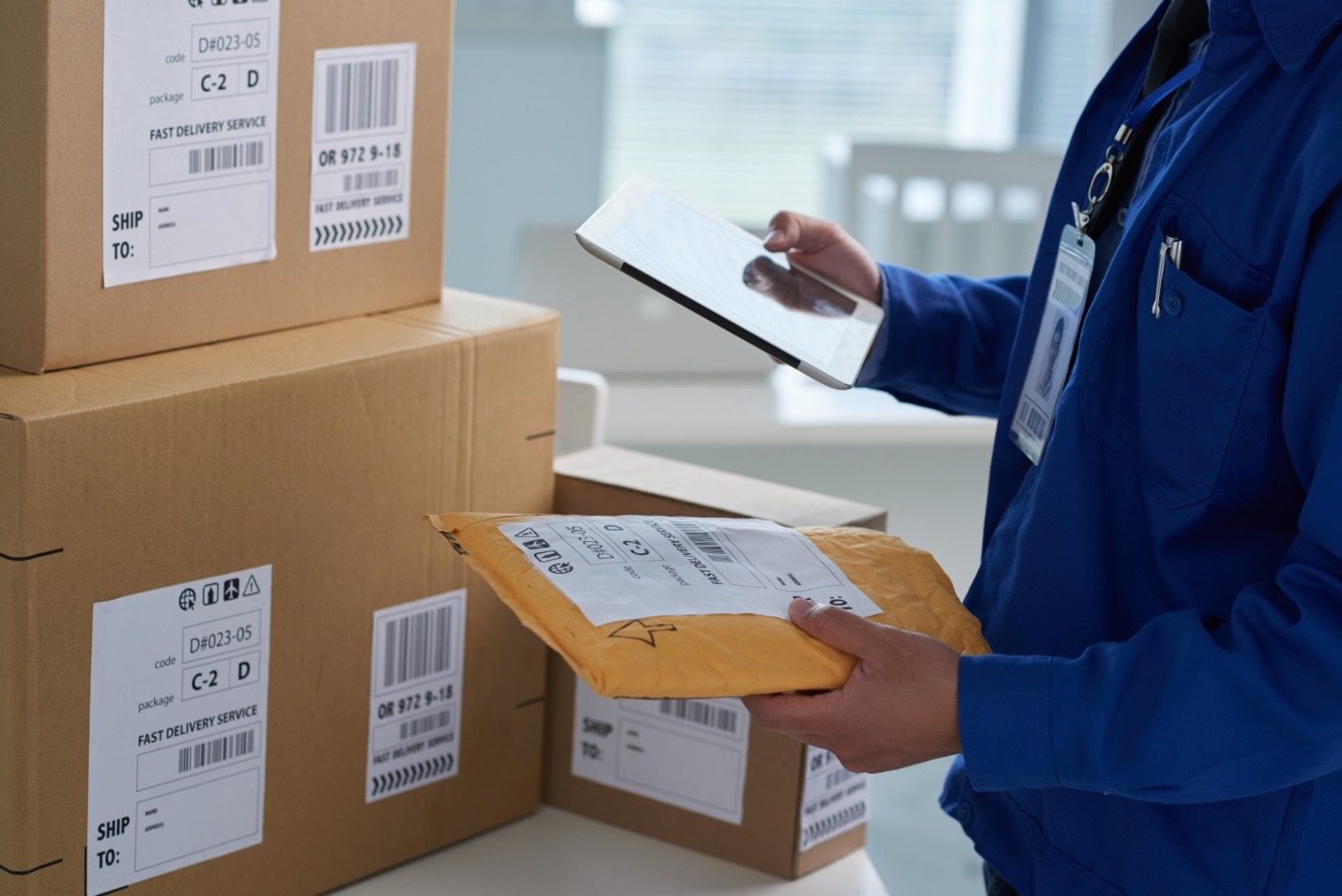Providing delivery services for your customers is so common today that customers expect it. Delivery services such as Amazon, TaskRabbit, Postmates, UberEats, etc., have successfully bridged the gap between businesses and their customers. However, not everyone finds the use of these delivery services to be favorable. Many small business owners would rather do their delivery themselves or with a trusted delivery person.
The demand for home delivery services has skyrocketed, and small businesses are striving to meet the demand. Adopting home delivery services into your business is really difficult since it requires a lot of resilience and drive. The great thing is that setting it up isn’t complicated, though it can be quite a task since the steps involved are simple. With the level of technology available today, the elements needed to make home delivery fast and efficient are already in place, the hard part is taking advantage of them.
While this may seem noble, it’s very difficult to deal with the normal challenges of running a business and adding delivery services. This will require some careful planning. Small businesses don’t have the reach or resources that giants like Amazon have, but there are things that can be done to adopt a delivery option into your business.
Here are some things to consider when sending deliveries from your business:
Vehicles and Drivers

Once you’ve created an e-commerce store and developed a route plan, you’ll need to figure out how you’ll execute the route plans. You have to decide if you want to do the deliveries yourself or hire drivers to do them for you. What vehicle are you going to use?
Would a bike be sufficient to deliver your products or do you need a car or a van? Details like these are important. Also, you would need an address verification tool, like those offered by Lob, to make sure your orders are deliverable. This will make delivery much easier and reduce the chances of error.
Make Sure There Are No Mistakes

Activities that involve transportation over long distances need one very important factor– preparation. It’s vital for you to develop a system that allows you to vet the delivery process to ensure it’s error-proof.
Everything from the packaging to the timing has to be perfect. Any mistakes you make will most likely cost you time, money, or your customers. You should have a checklist that puts everything into consideration. You don’t want to re-send packages since it’ll be frustrating for both you and your customer.
Before your business starts making deliveries, you have to develop a strategy that prevents you from making costly errors. Your delivery service must be swift, consistent, and reliable. So, come up with a thorough plan that’ll help you minimize potential errors.
Taking Orders

A marketplace exists as a point where buyers and sellers can interact. You have to create a way for your customers to interact with your business. How will they find out about your products? How will they contact you?
To solve this problem, you should launch an e-commerce store. This way, you can display your products, provide a knowledge base for customers, and gather the information required to execute the order. This step won’t be difficult as e-commerce is well-established and there’s a properly developed network for you to take advantage of.
Your online store should embody your business’ vision. Its aesthetics doesn’t have to be flamboyant or ostentatious but it should have a user-friendly design–developed from a client-centered approach. It should be organized, uncluttered, and must convey information effectively. Try and make your online store unique so it stands out, but not too different that it affects the business transactions–nothing should disturb you and the customer from buying and selling.
You can browse through other online stores to get ideas. Look for the things they’re doing right and the things they’re doing wrong. This way, you can learn what to implement and what to avoid. If you’re unsure about this step, you can take advantage of the free trials offered by most e-commerce platforms.
Route Planning

Route planning is an important component of every successful delivery. You have to choose the fastest and most efficient routes to get your products to your customer in no time. This is why you must plan your delivery routes. Your routes have to be cost-effective and pragmatic, which means more than using Google Maps.
While Google Maps is useful, it only tells you the fastest route to use. This isn’t enough to make your delivery service efficient. You have to structure your deliveries and sequence them so that you can be as productive as possible. The goal is to successfully deliver as many goods as possible in the shortest time possible. This could mean hiring multiple drivers or making several stops in one trip, and what better way to do this than by utilizing a route planning software like Route4Me Route Planner.
It’s important that you build a solid reputation for your delivery services. This way, your customers are confident in your ability to deliver swiftly and efficiently. If your customers are not sure you can deliver efficiently, your delivery services will be the last resort for them. The more efficient your delivery services are, the more frequently you’ll receive orders.
While the effects of the Covid-19 pandemic still linger, delivery services have become more important to the success of a brand more than ever. There’s never been a better time to establish the delivery service as part of your business. It might seem challenging, but it’s also rewarding. If executed correctly, it can completely transform your business.
Every part of running a business is difficult, but once you have your systems in place, you’ll be able to execute it efficiently and in time. A good idea would be to start simply. As you become more competent, you can try more complicated delivery systems.
Conclusion
Before you launch your delivery service, take time to plan. Plan delivery routes, vehicle maintenance, product protection, and constantly innovate until you achieve complete customer satisfaction. The present pandemic hints at the possibility of delivery services becoming the dominant form of purchase.









